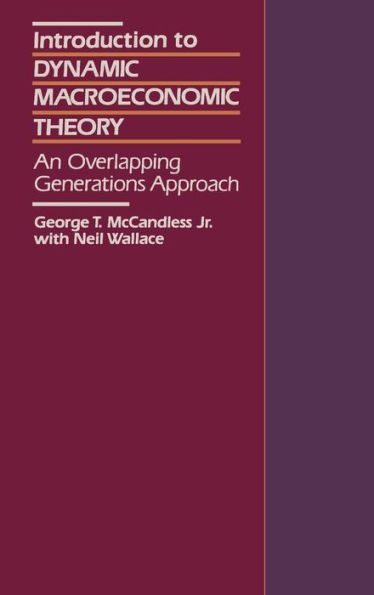5
1
9780674461116



Introduction to Dynamic Macroeconomic Theory: An Overlapping Generations Approach / Edition 1 available in Hardcover

Introduction to Dynamic Macroeconomic Theory: An Overlapping Generations Approach / Edition 1
- ISBN-10:
- 0674461118
- ISBN-13:
- 9780674461116
- Pub. Date:
- 01/01/1992
- Publisher:
- Harvard University Press
- ISBN-10:
- 0674461118
- ISBN-13:
- 9780674461116
- Pub. Date:
- 01/01/1992
- Publisher:
- Harvard University Press

Introduction to Dynamic Macroeconomic Theory: An Overlapping Generations Approach / Edition 1
$101.0
Current price is , Original price is $101.0. You
101.0
In Stock

Product Details
| ISBN-13: | 9780674461116 |
|---|---|
| Publisher: | Harvard University Press |
| Publication date: | 01/01/1992 |
| Edition description: | New Edition |
| Pages: | 384 |
| Product dimensions: | 6.12(w) x 9.25(h) x 1.15(d) |
About the Author
From the B&N Reads Blog

